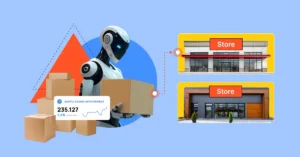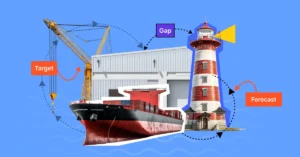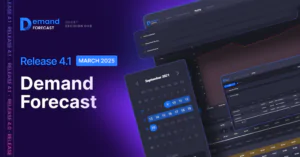Release 5.0. SMART Demand Forecast: A New Level of Demand Management
Blog
- All
- Expertise
- Success stories
- Releases
September 30th, 2025 4 MIN READ

June 26th, 2025 10 MIN READ

How AI in Retail Helps Optimize Inventory and Prevent Write-offs: No Time to Lose, Time to Earn
June 13th, 2025 11 MIN READ

AI Technologies in Demand Forecasting: From Traditional Methods to Modern Solutions
April 15th, 2025 < 1 MIN READ

The Synergy of AI and ERP: How Proper Data Management Boosts Business Efficiency
April 2nd, 2025 17 MIN READ

The Role of AI in Supply Chain Planning: An overview of key methodologies – S&OP, S&OE, IBP, and DDMRP – combined with AI for supply chain optimization
March 31st, 2025 7 MIN READ

Release 4.1. SMART Demand Forecast: Making Forecasting Even More Convenient
March 6th, 2025 18 MIN READ

Demand forecasting in action: how SMART Demand Forecast helps businesses achieve accurate predictions
January 14th, 2025 10 MIN READ

Is your company ready for breakthrough changes? Artificial Intelligence as a key aspect of the present
December 13th, 2024 10 MIN READ

SMART Demand Forecast: How a Demand Forecasting Solution Turns Sales Plans into Reality
